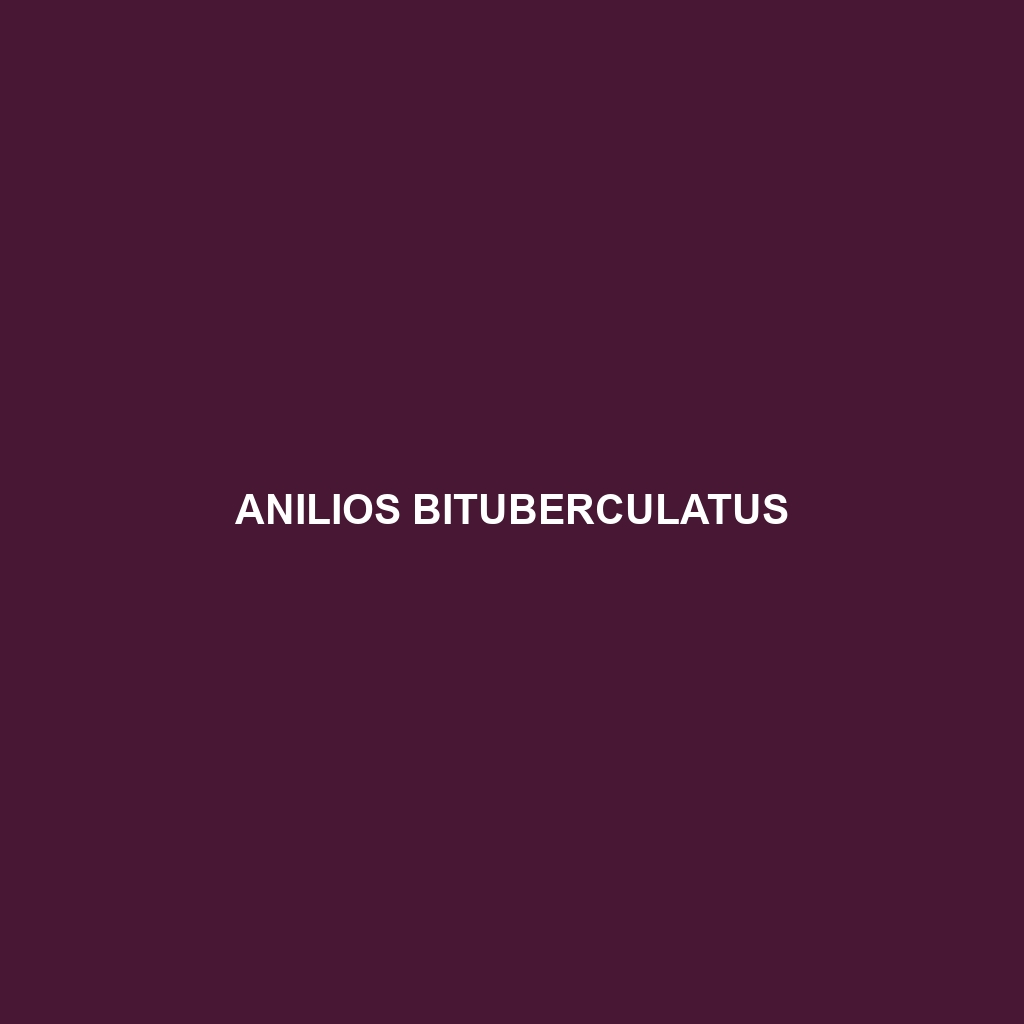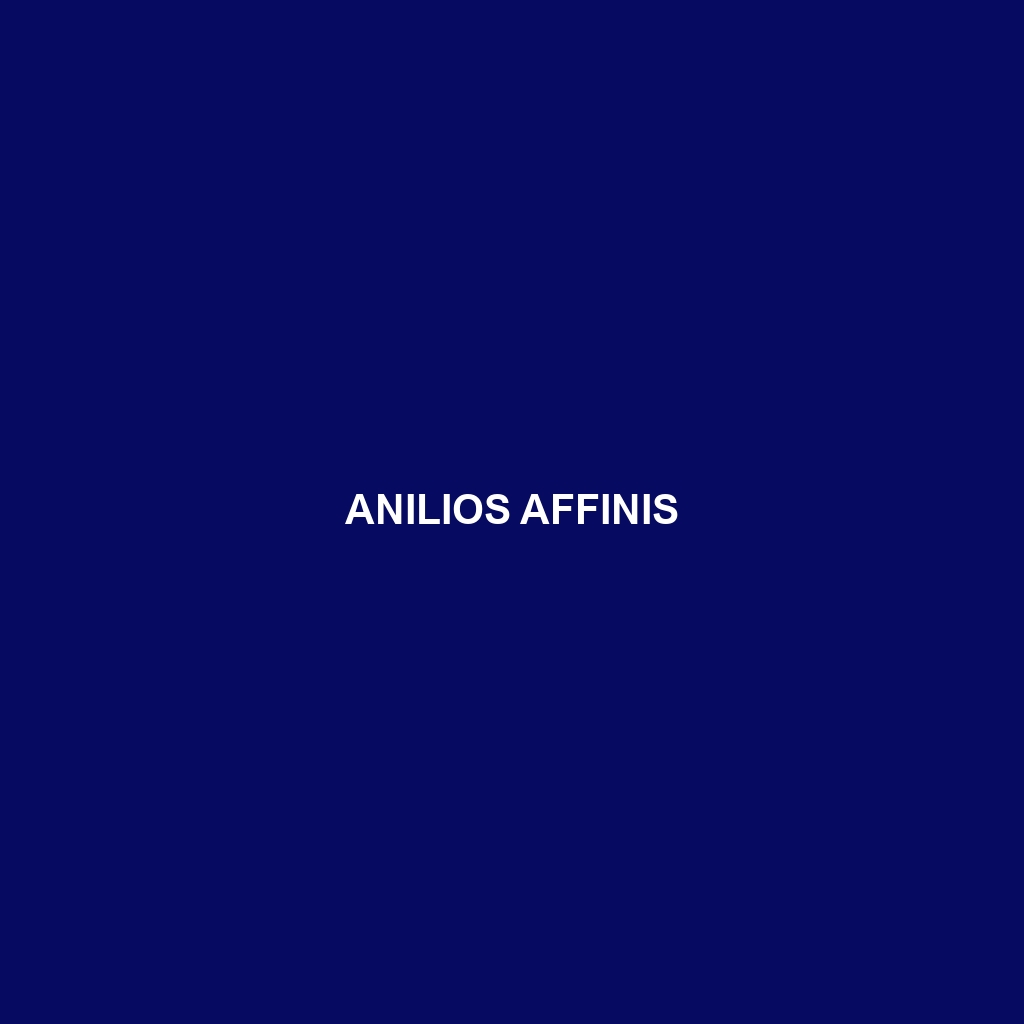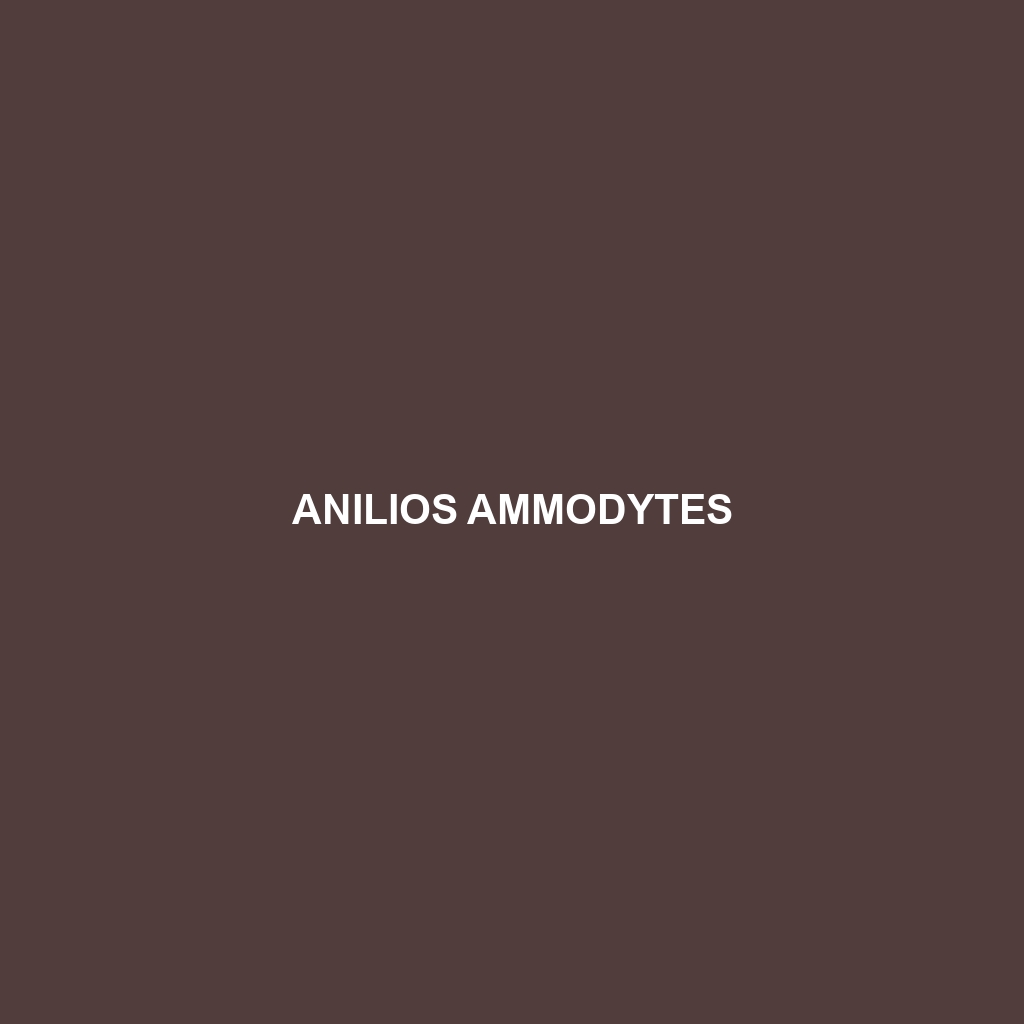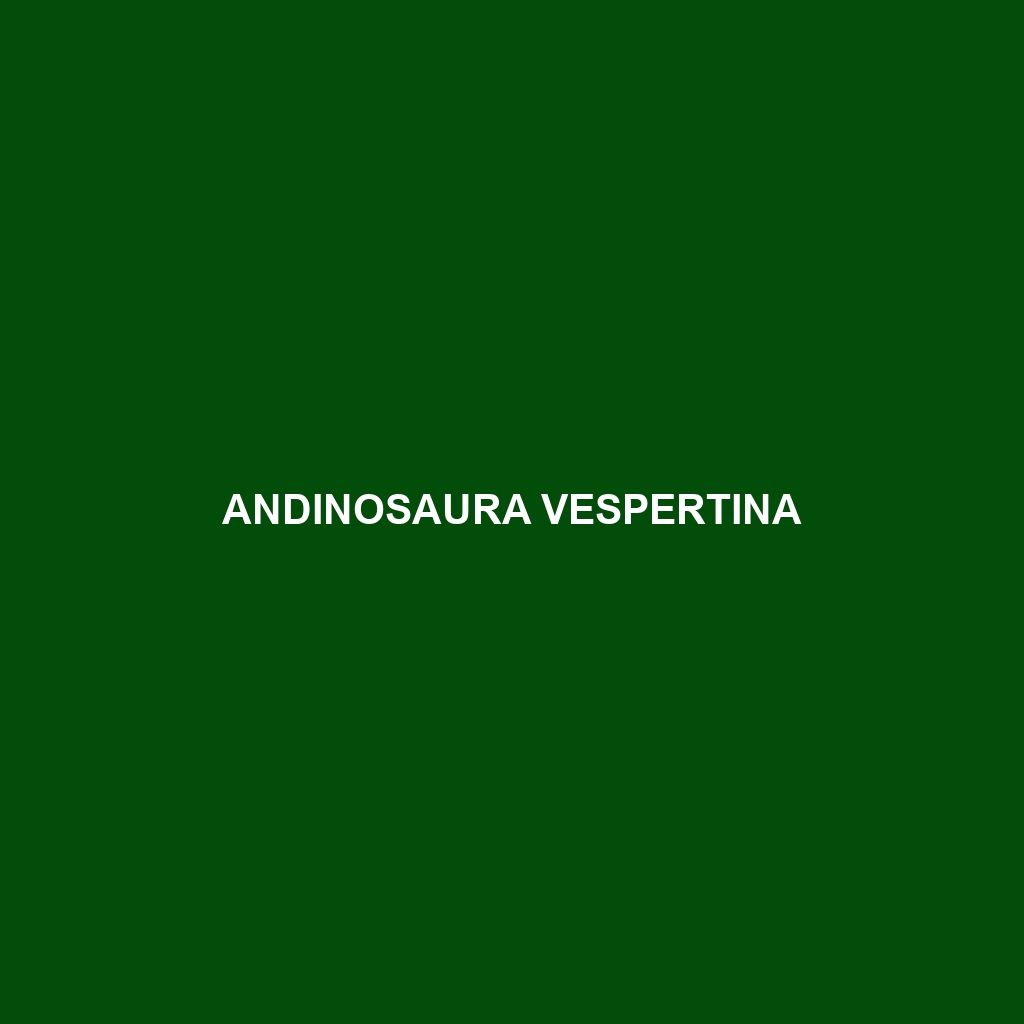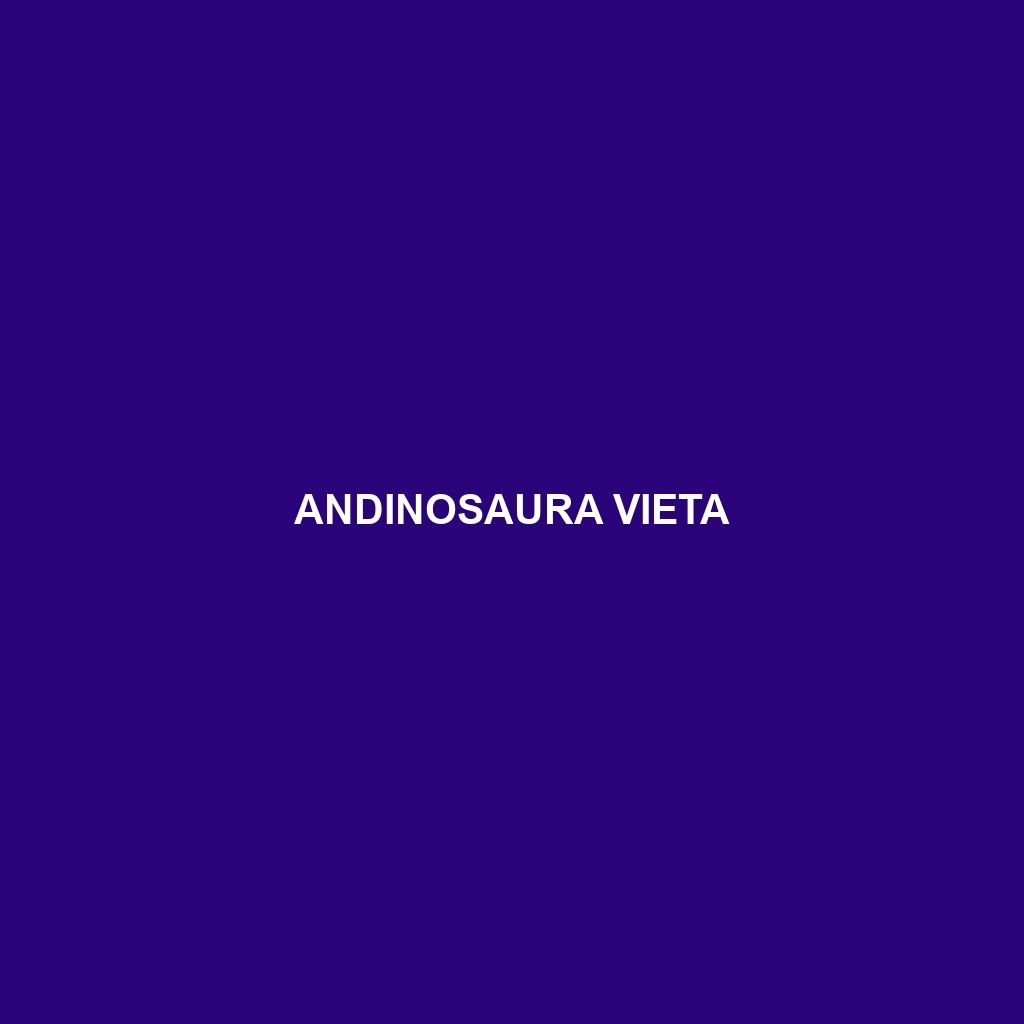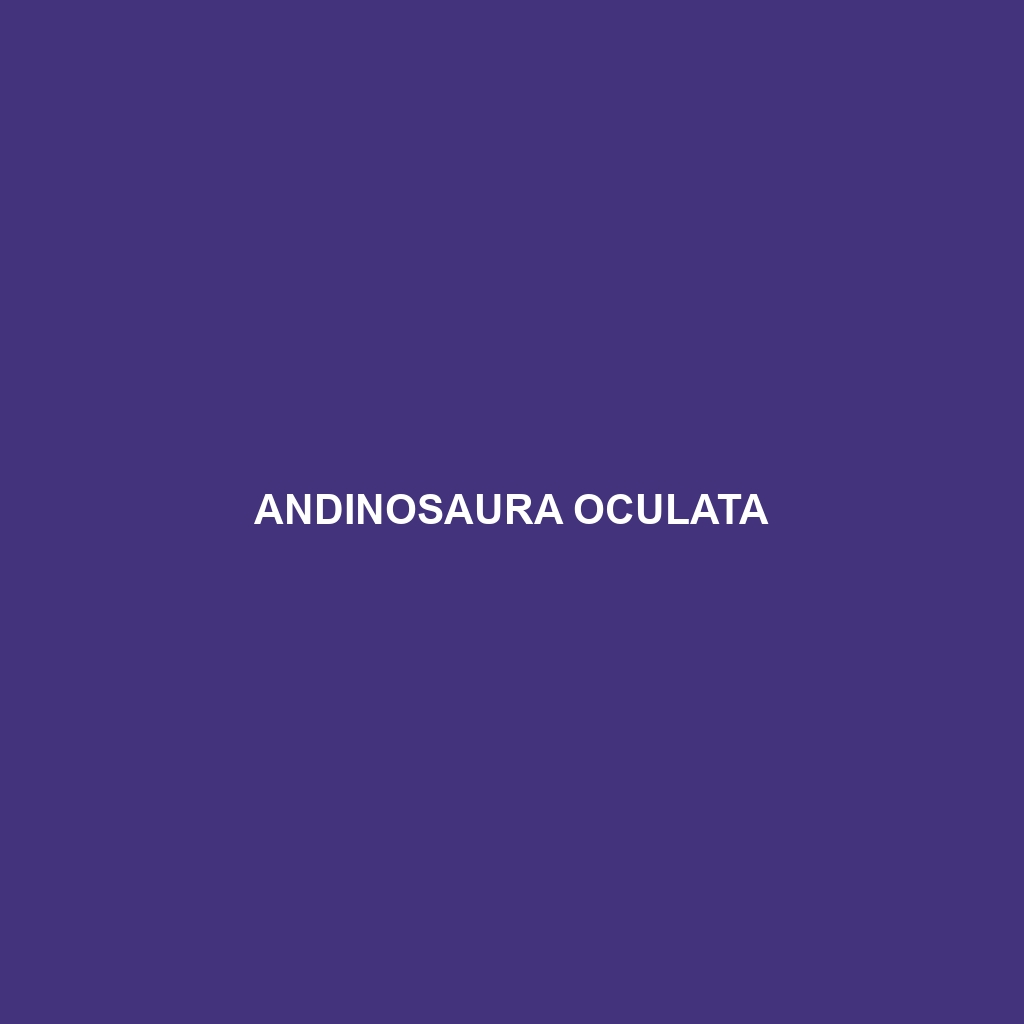Discover the Anilios hamatus, or hamate blind snake, a fossorial species native to northern Australia, measuring 25 to 30 cm in length, with a light to dark brown coloration. Known for its gentle nature, this nocturnal snake primarily feeds on ants and termites, playing a vital role in regulating invertebrate populations in its ecosystem.
Tag: reptile conservation
Anilios bituberculatus
Discover the Anilios bituberculatus, also known as the tuberculate blind snake, a medium-sized burrowing snake native to the tropical rainforests of Papua New Guinea. This species thrives in humid, dense environments, featuring distinctive tubercles on its scales and playing a vital role in controlling soil health by preying on small invertebrates.
Anguis graeca
Discover the Greek legless lizard, Anguis graeca, a unique fossorial species native to southeastern Europe, thriving in warm climates and characterized by its elongated, limbless body and diet of small invertebrates. Currently listed as "Near Threatened," this lizard plays a crucial role in maintaining ecosystem balance while being an essential predator and prey in its natural habitat.
Anilios affinis
Discover the Anilios affinis, or common blind snake, a fossorial species native to Australia's moist habitats, featuring a distinctive elongated body and a diet primarily consisting of small invertebrates. This non-venomous snake plays a crucial role in its ecosystem by helping to regulate invertebrate populations while providing a food source for larger predators.
Anilios ammodytes
Discover the Anilios ammodytes, or sand burrowing snake, a nocturnal species native to the sandy coastal regions of Australia. With its sleek, smooth body and unique burrowing abilities, this small snake plays a vital role in its ecosystem by controlling invertebrate populations and contributing to soil health.
Anguis cephallonica
Discover the Anguis cephallonica, also known as the Cephalonia snake, a fascinating legless lizard native to the Mediterranean, characterized by its elongated body, smooth scales, and impressive tail regeneration. This insectivorous species thrives in rocky, dry habitats and plays a crucial role in controlling insect populations.
Andinosaura vespertina
<div class="woocommerce-product-details__short-description"> <p><b>Andinosaura vespertina</b>, a Vulnerable species found in the montane forests of Colombia and Ecuador, features a distinctive greenish-brown coloration, reaching lengths of 20 to 25 cm. Agile and social, this diurnal lizard primarily feeds on insects and plays a vital role in its ecosystem by controlling insect populations.</p> </div>
Andinosaura vieta
<h2>Andinosaura vieta - Andean Green Lizard</h2> <p>Discover the vibrant Andinosaura vieta, a stunning green lizard native to the montane forests of the Andean region in South America. Thriving at elevations of 1,500 to 3,000 meters, this arboreal species plays a vital role in its ecosystem by controlling insect populations and is classified as vulnerable due to habitat loss.</p>
Andinosaura oculata
Discover the fascinating Andinosaura oculata, a vibrant lizard endemic to the humid forests of the Andean slopes in Ecuador and Colombia. With its distinctive dorsal patterns, agile movements, and vital role in controlling insect populations, this species is classified as Vulnerable due to habitat loss, highlighting the need for conservation efforts.

